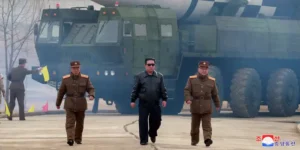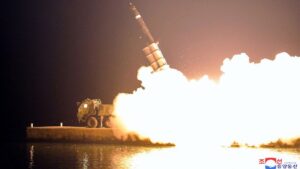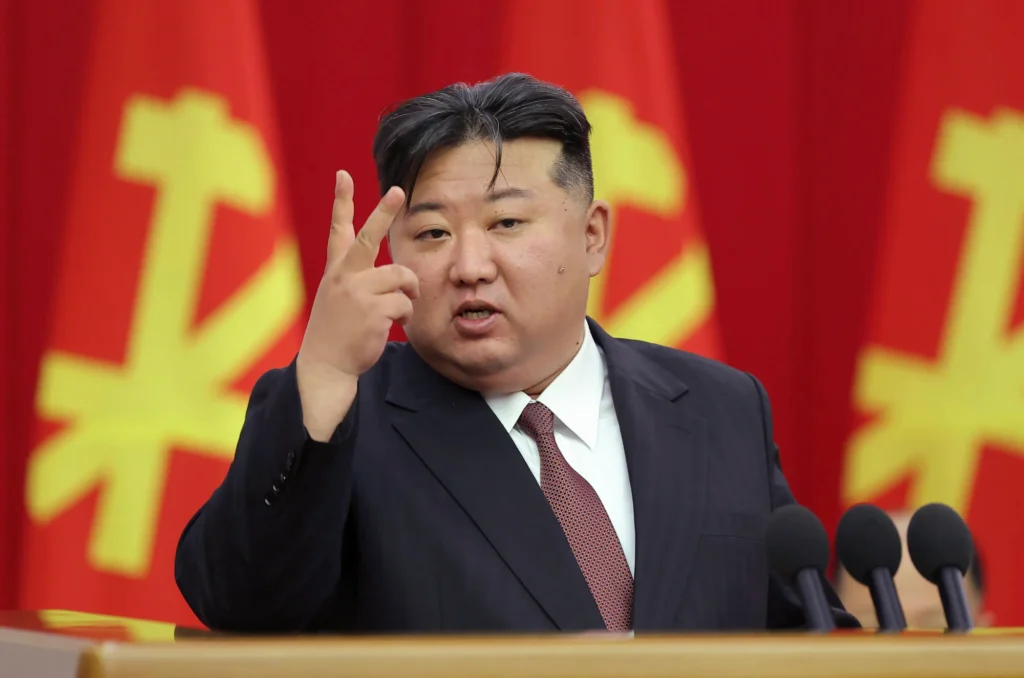Seoul, South Korea
A ballistic missile tested by North Korea on Monday flew on an “abnormal” pattern and may well have fallen inland, possibly near Pyongyang, the South Korean military said.

Launch Details:
05 a.m. and 5:15 a.m. local time. According to the South Korean Joint Chiefs of Staff, the first missile flew some 600 kilometers and the second 120 kilometers.

Abnormal flight could be the reason behind the shorter distance of the second missile, JCS spokesperson Lee Sung-jun said. “If it exploded during an abnormal flight, there is the possibility that debris fell inland,” Lee said, stressing that the military is analyzing various possibilities for its explosion during flight. No damage has been reported till now, he said.
Types of Missiles
South Korea said the first missile was a short-range ballistic missile, but Lee did not explain the second missile, leaving open the possibility that it might have been a new weapon. The second was fired northeastward from the Changyon-gun area of South Hwanghae province, about 130 kilometers southwest of Pyongyang.
Possible Impact Area
If the second missile exploded 120 kilometers northeast from its launch site, the debris could have ended up not far from Pyongyang. It’s North Korea’s largest city with over 3 million residents. This is the northern country’s largest city, home to more than three million people.
Recent Developments
Last week, North Korea announced the successful completion of a test related to the capacity of its medium- to long-range ballistic missile to carry more than one warhead. However, neighboring South Korea has dismissed these reports, saying that the missile exploded early in flight rather than at the final stage of descent whilst warheads would normally be separated.
Political Context
Statements from North Korea were not issued after the Monday launches, but it condemned the recent US-South Korea-Japan military exercises as “reckless and provocative”. The Korean peninsula has been officially at war since the conclusion of the Armistice Agreement, which ended hostilities without formally concluding them by establishing of course no peace agreement yet.
Strategic Implications
- It has driven North Korea and South Korea closer to their allies. Recently, North Korea signed a defense agreement with Russia, while South Korea increased its cooperation with Japan and the United States.
- According to Leif-Eric Easley, an international studies professor at Ewha Womans University in Seoul, the missile tests offset failures of the past and gained additional domestic support in the ruling party meetings. As he said, North Korea wants to prevent being seen on its knees while South Korea, Japan, and the United States are conducting their combined defense exercises.
Conclusion
These recent missile tests, therefore, reflect the continued tension and volatile security situation on the Korean Peninsula. As both Koreas continue to stand with allies, the possibility of conflict still remains ominously possible.





